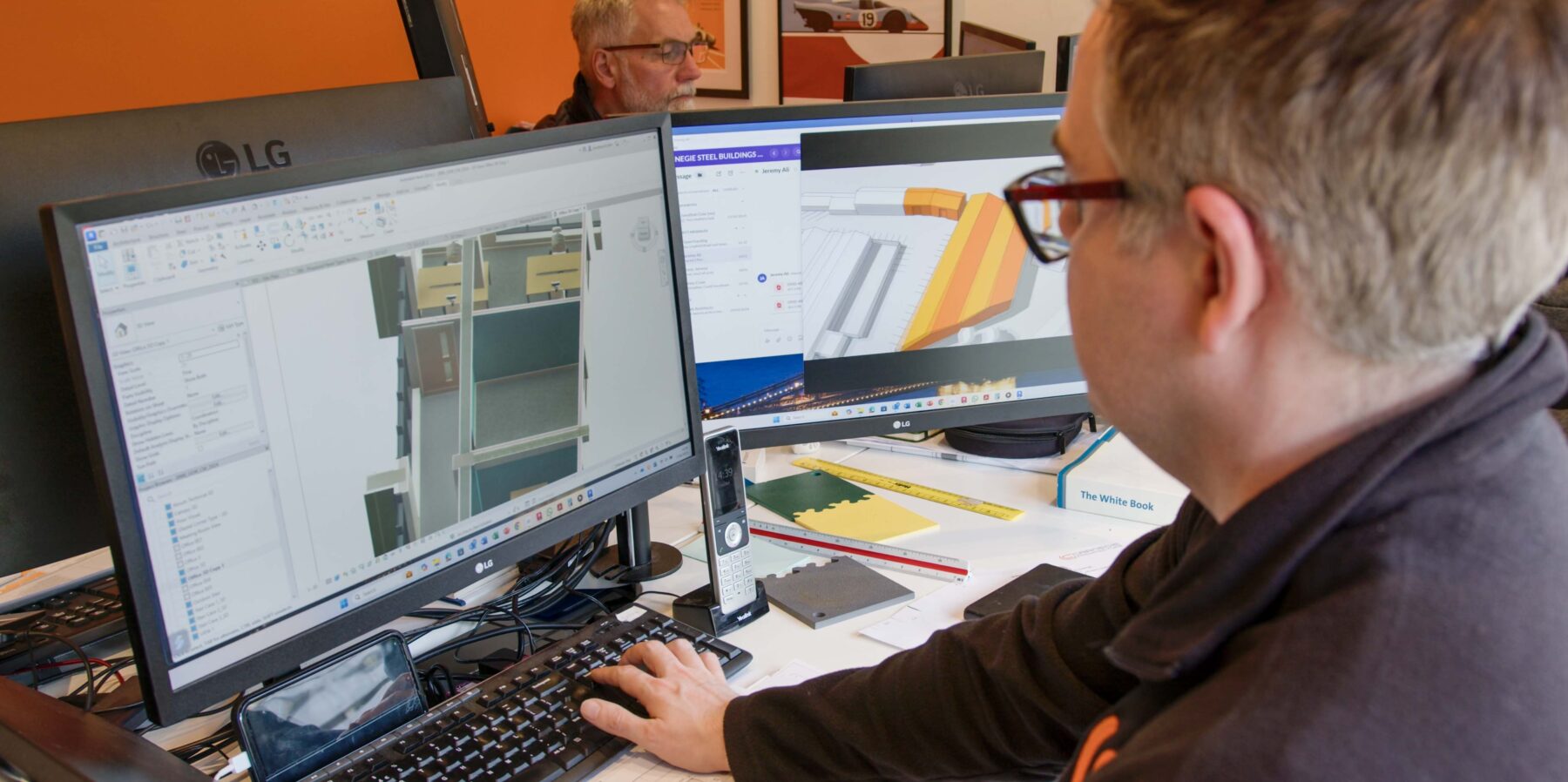
The Strategic Advantage of Steel-Framed Buildings in UK Industrial Buildings
By Jeremy Ali, Director of Carnegie Architecture
In today’s uncertain property climate, we are seeing a shift from residential development to industrial construction, particularly here in the South East. While the housing market continues to suffer from high interest rates, planning delays, and fluctuating material costs, there is more resilience in the industrial sector which is more adaptable, and profitable. Steel-framed buildings underpin this success.
They bring together many benefits; speed of construction, scalability and low maintenance requirements. They are ideal for logistics, light manufacturing, and flexible commercial uses, all of which are in growing demand within the Gatwick corridor. The region enjoys excellent connectivity, positioned as it is between London and the South Coast with direct access to Gatwick Airport, this enhances the value proposition for both developers and occupiers.
Industrial projects are often more financially predictable than speculative residential schemes. They can often proceed with pre-let or design-and-build agreements reduce the risk and make the return on investment clearer.
Although not initially considered, steel-framed buildings in construction can provide alignment with the sustainability imperative that many businesses demand. Given that the strength and structures can be demounted, recycled, or expanded with minimal waste, supporting circular economy principles is increasingly demanded by investors and planning authorities.
Steel provides a strategic and material advantage for businesses seeking operational efficiency and developers targeting long-term returns. In the Gatwick Diamond, where transport infrastructure, skilled labour, and economic growth intersect, industrial steel builds represent a forward-looking investment; resilient, adaptable, and aligned with the evolving demands of the UK economy.
You can find out more about Carnegie Architecture here.
